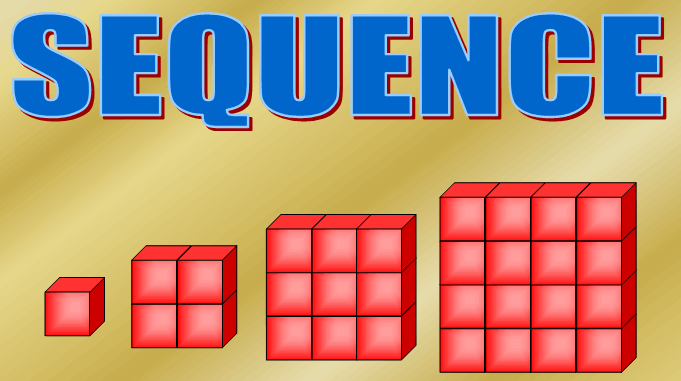
Bounded Sequence Example:
Find whether these sequences are bounded or unbounded (that is, bounded below, bounded above, or none).
Example 1: Consider the following sequence:
Solution: This sequence is described as follows:
Notice that, this sequence is a monotone decreasing sequence, so its upper bound is the sequence’s first term, which has the value 1.
To find its lower bound, take the sequence’s limit as , then we get,
so, its lower bound will be 0.
So, this sequence is bounded above by 1, and bounded below by 0, that is,
for all
N.
Hence, this sequence is a bounded sequence.
Example 2: Consider the following sequence:
Solution: This sequence is described as follows:
Notice that, this sequence is a monotone increasing sequence, so its lower bound is the sequence’s first term, which has the value .
To find its upper bound, take the sequence’s limit as , then we get,
so, its upper bound will be 1.
So, this sequence is bounded above by 1, and bounded below by , that is,
for all
N.
Hence, this sequence is a bounded sequence.
Example 3: Consider the following sequence:
Solution: This sequence is described as follows:
Notice that, the range set of this sequence is,
It is obvious that its lower bound is −1 and its upper bound is 1.
So, this sequence is bounded above by 1, and bounded below by −1, that is,
for all
N, or
for all
N.
Hence, this sequence is a bounded sequence.
Example 4: Consider the following sequence:
Solution: This sequence is described as follows:
It is obvious that all the terms in this sequence are between −1 and 1. So, this sequence is bounded above by 1, and bounded below by −1, that is,
for all
N, or
for all
N.
Hence, this sequence is a bounded sequence.
Example 5: Consider the following sequence:
Solution: This sequence is described as follows:
Notice that, the range set of this sequence is,
which is a finite set. It is obvious that its lower bound is 0 and its upper bound is 2.
So, this sequence is bounded above by 2, and bounded below by 0, that is,
for all
N.
Hence, this sequence is a bounded sequence.
Example 6: Consider the following sequence:
Solution: This sequence is described as follows:
Notice that, this sequence is a monotone increasing sequence, so its lower bound is the sequence’s first term, which has the value 1.
To find its upper bound, take the sequence’s limit as , then we get,
This value is not finite (or, infinite), so it is not bounded above.
So, this sequence is bounded below by 1, but not bounded above, so it is an unbounded sequence.
Hence, this sequence is not a bounded sequence, it is an unbounded sequence.
Example 7: Consider the following sequence:
Solution: This sequence is described as follows:
Notice that, this sequence is a monotone decreasing sequence, so its upper bound is the sequence’s first term, which has the value −1.
To find its lower bound, take the sequence’s limit as , then we get,
This value is not finite (or, negative infinite), so it is not bounded below.
So, this sequence is bounded above by −1, but not bounded below, so it is an unbounded sequence.
Hence, this sequence is not a bounded sequence, it is an unbounded sequence.
Example 8: Consider the following sequence:
Solution: This sequence is described as follows:
There is no number such that all the terms of the sequence are less than or equal to
, so it is not bounded above. Also, there is no number
such that all the terms of the sequence are greater than or equal to
, so it is not bounded below.
Here, we notice that the limit of this sequence as is oscillating between −∞ and ∞, so it is neither bounded below nor bounded above. Hence, this sequence is not a bounded sequence, it is an unbounded sequence.
Tags: bounded sequence examples, how to show a sequence is bounded
Copyrighted Material © 2019 - 2024 Prinsli.com - All rights reserved
All content on this website is copyrighted. It is prohibited to copy, publish or distribute the content and images of this website through any website, book, newspaper, software, videos, YouTube Channel or any other medium without written permission. You are not authorized to alter, obscure or remove any proprietary information, copyright or logo from this Website in any way. If any of these rules are violated, it will be strongly protested and legal action will be taken.




Be the first to comment